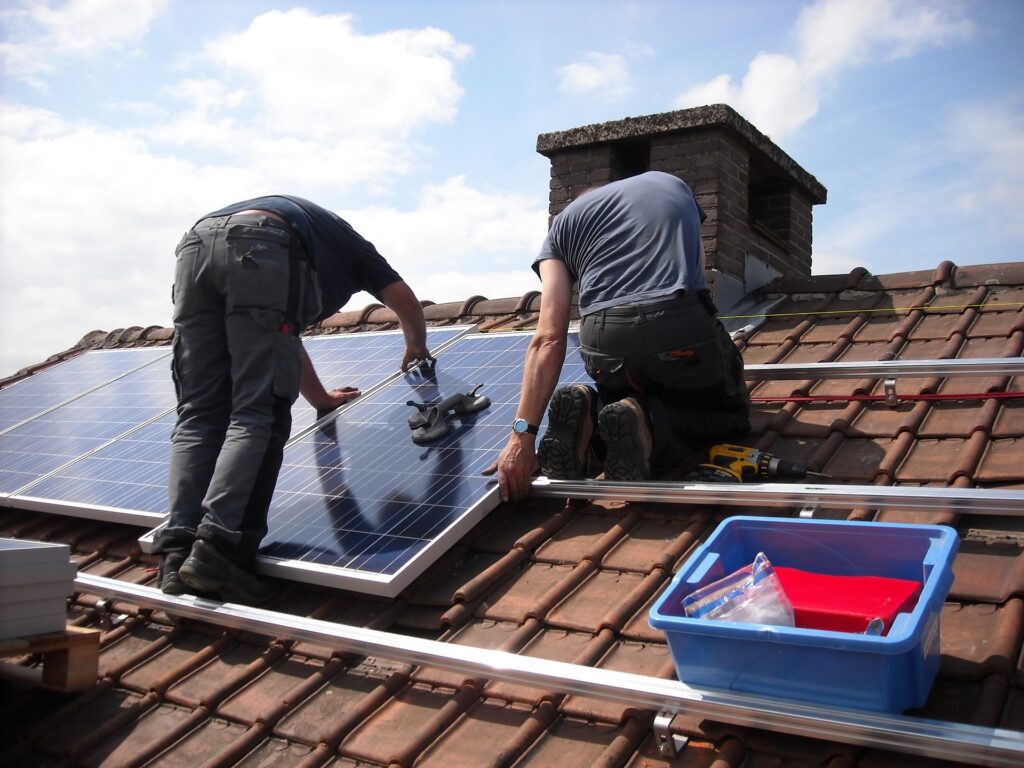
Installing solar panels on your Ohio home has many benefits, including lower electric bills, a smaller carbon footprint, and reduced grid dependence. But before going solar, it’s essential to understand critical considerations like costs, permits, taxation, and more.
Here is an overview from the renewable energy experts at Yoder Electric of what to know when converting to solar in Ohio.
Installation Costs
The initial investment for purchasing and installing solar panels ranges from $15,000 to $25,000, depending on your home’s size and energy needs. Larger systems required for larger households are pricier.
However, solar costs have dropped 70% in the last decade, making them more affordable. Federal and local incentives can also offset installation costs. Ongoing maintenance is minimal since solar equipment lasts 25-30 years.
Available Incentives
Many Ohio municipalities and co-ops provide additional solar incentives, like rebates. Yoder Electric helps homeowners claim all eligible local and federal solar incentives to maximize savings.
We also explore financing options like low-interest loans and solar leasing programs that lower initial outlays.
Payback Period
How fast you recover your initial investment depends on solar panel efficiency, system size, electricity rates, and available incentives.
Most Ohio households see a complete payback within 6-8 years. After that breakeven point, your solar system will generate free, renewable electricity for decades.
Net Metering
This billing mechanism credits your solar generation back into the grid. When your system produces more power than you currently need, your meter spins backward. This process offsets your consumption from the grid during low sunlight hours.
Net metering allows you to maximize the value of your solar investment through this virtual storage. Ohio utilities must offer net metering for residential solar customers like those Yoder Electric installs.
Permitting Requirements
Local permitting and inspections ensure proper solar installations that meet building and electrical codes. Your solar company handles the permitting process, but you may have to pay fees of around $200.
The timeline ranges from 3-6 weeks. Many municipalities also have zoning regulations on panel placement, so neighborhood notifications and design reviews may be required. Yoder Electric navigates the permitting process smoothly based on strong local relationships.
Roof Impacts
Most solar arrays are roof-mounted, so your roof’s age, material, and orientation factor into solar sizing. An older roof may need reinforcing to handle panel weight. East/west-facing sections are ideal for capturing the morning and afternoon sun.
Homes with minimal solar gain and roof space can still install ground or pole-mounted systems. Yoder Electric surveys your entire property to identify the optimal solar solution.
Grid Independence
While grid-tied solar provides the most cost savings, homes with maximum energy resilience can install systems with battery storage and backup.
Backup power solutions provide power during grid outages. However, energy independence systems are 2-3 times pricier than grid-tied. It also requires cautious use of power during blackouts to avoid battery depletion.
Going solar has a significant upside for Ohio homeowners wanting to take control of their energy costs while helping the planet. Yoder Electric provides turnkey guidance on system sizing, installation, incentives, and maximizing the value of your investment. Contact us today to start your solar journey! Our team makes the switch easy, affordable, and rewarding.







